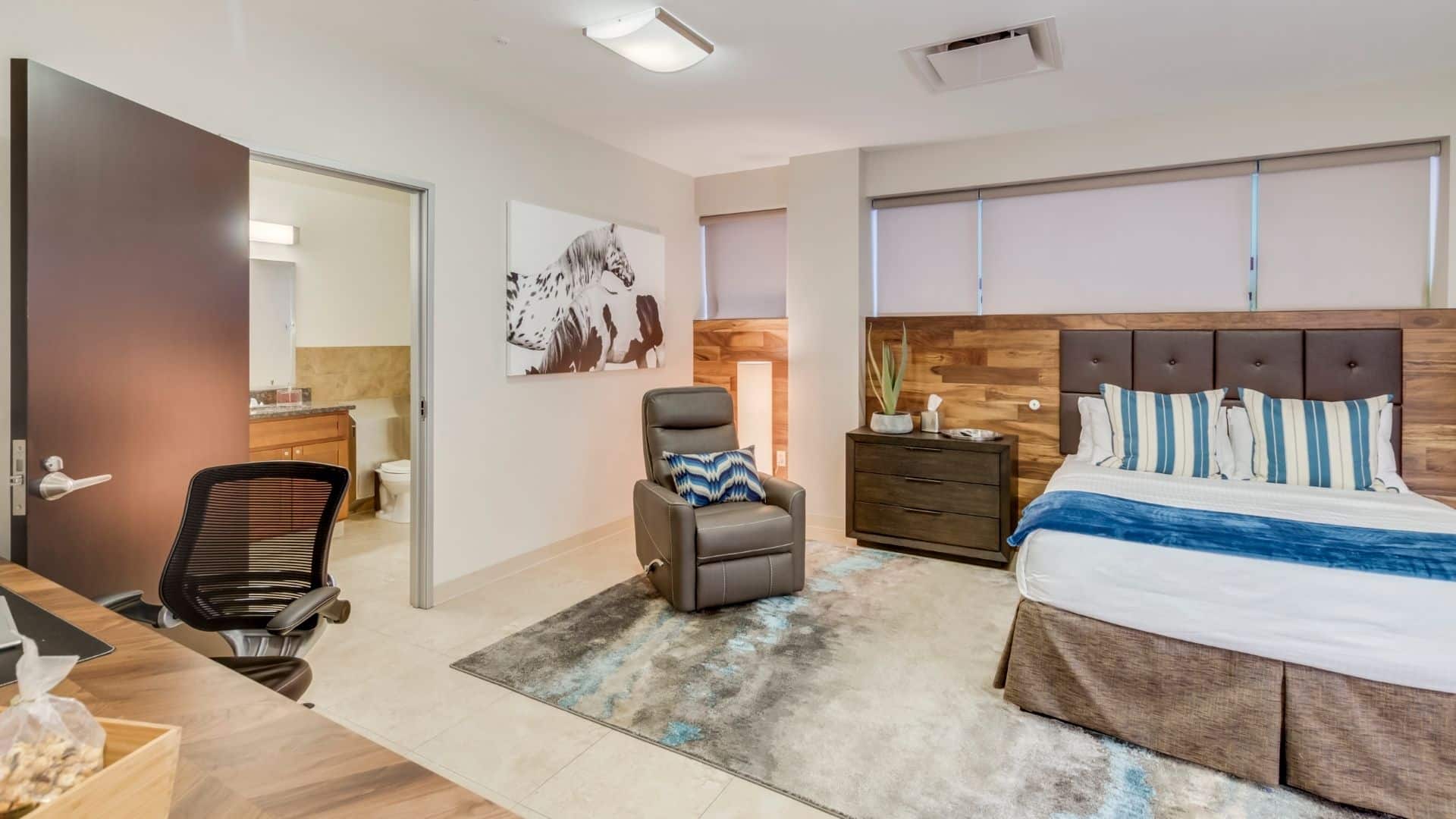An estimated 15 million people in the U.S. have mild to severe Alcohol Use Disorder. While that has resulted in an average of 88,000 U.S. deaths each year due to alcohol abuse, less than 20% of people with AUD have sought any form of treatment or alcohol rehab. With a rise in high-functioning alcoholics and alcohol abuse in the workplace, access to high-quality treatment is essential.








